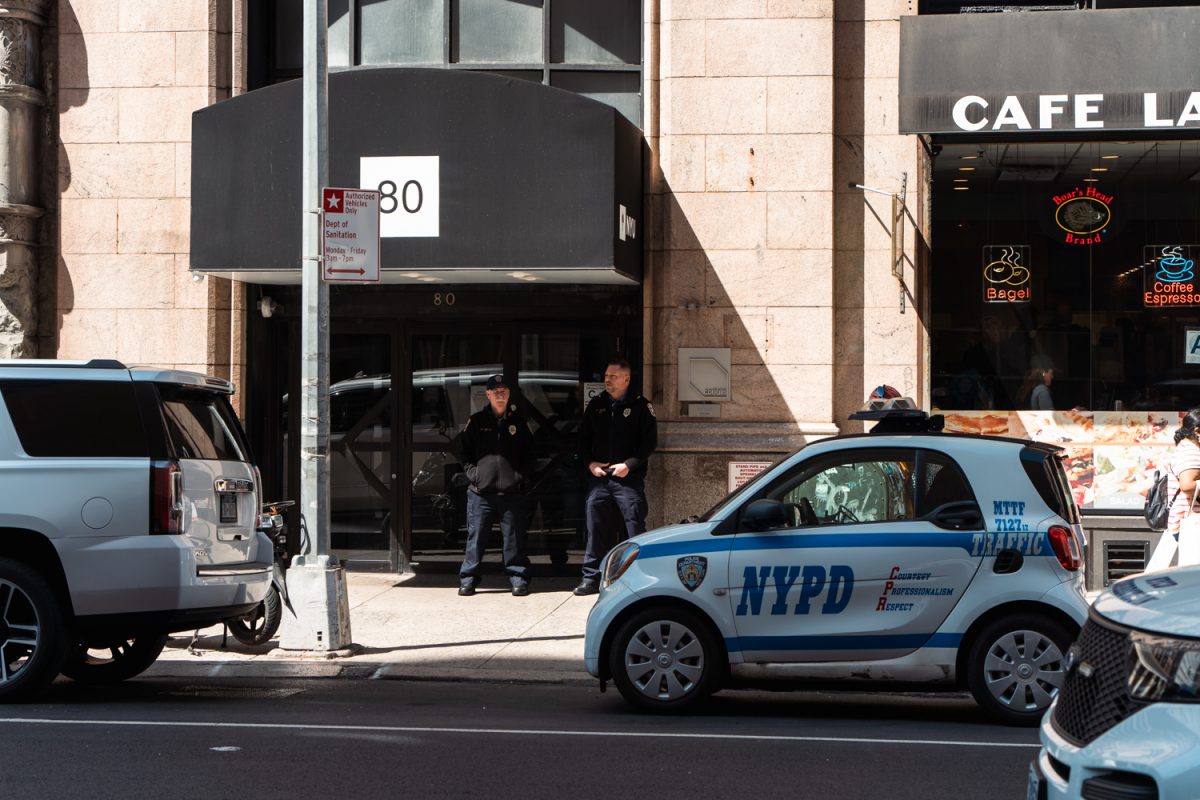Three weeks ago, NYU released its 2024 Annual Security and Fire Safety Report, documenting an uptick in robbery, aggravated assault and motor vehicle theft in the last year. The report records a federally designated set of 20 crimes — however, it does not account for more than half of the incidents logged on other university databases.
According to the Clery Act, the 1990 law mandating the report, universities that receive federal financial aid are required to disclose any incidents that could have caused “bodily injuries,” as well as robbery and stalking, and weapons, drug and liquor law violations on and around campus. But based on NYU’s 2023 daily crime log, the two most common crimes on campus are not included in its annual report.
Petty larceny and sexual harassment respectively comprised 37% and 18% of 1,405-total incidents recorded on the crime log in 2023. In an interview with WSN, Dennis Gregory, a leading researcher on the Clery Act and an associate professor of Higher Education at Old Dominion University in Virginia, said that while universities were not at fault for the discrepancies, they could benefit from understating crime in their annual reports.
“I don’t think that necessarily campuses are hiding crimes,” Gregory said. “But I still think they’re reluctant to reach out and do the kinds of things that might be great crime prevention.”
The federal law also confines the reported area to a zone, namely university facilities and their “reasonably contiguous” areas. As an urban university that blends with the city, NYU drew a boundary narrowly enclosing Washington Square Park. From the past academic year, only 17% of cases documented in the security report took place outside of a campus building.
Some experts have suggested universities keep track of crimes within 500 feet off campus, and a Department of Education Handbook recommends one mile. However, when it comes down to practice, rarely have any university gone beyond the campus zone. Samara Richards, a senior at the Silver School of Social work, told WSN that she felt the university should expand its boundaries to include dorms further from the central campus, especially those in Union Square and in other areas with MTA stations.
Richards also said she felt that the safety report’s omission of smaller-scale crimes documented in the daily log resulted in underrepresentation of students’ everyday concerns.
“I feel like they should be reported,” Richards said. “It’s actually unbelievable that this site, in general, is something that you have to look for, and not necessarily advertised in a newsletter to keep us updated.”
The Department of Campus Safety collects its data through voluntary reporting, meaning it only records incidents reported by community members. Once crimes are reported to the department, the university rarely invokes further action. Bounded by New York State’s security guard license, Campus Safety has no jurisdiction to enforce the law — in the event of a crime, officers will either refer the case to the Office of Student Conduct and Community Standards, the Title IX office or the New York City Police Department.
The university did not respond to requests for comment.
Contact Simon Tan at [email protected].























































































































































